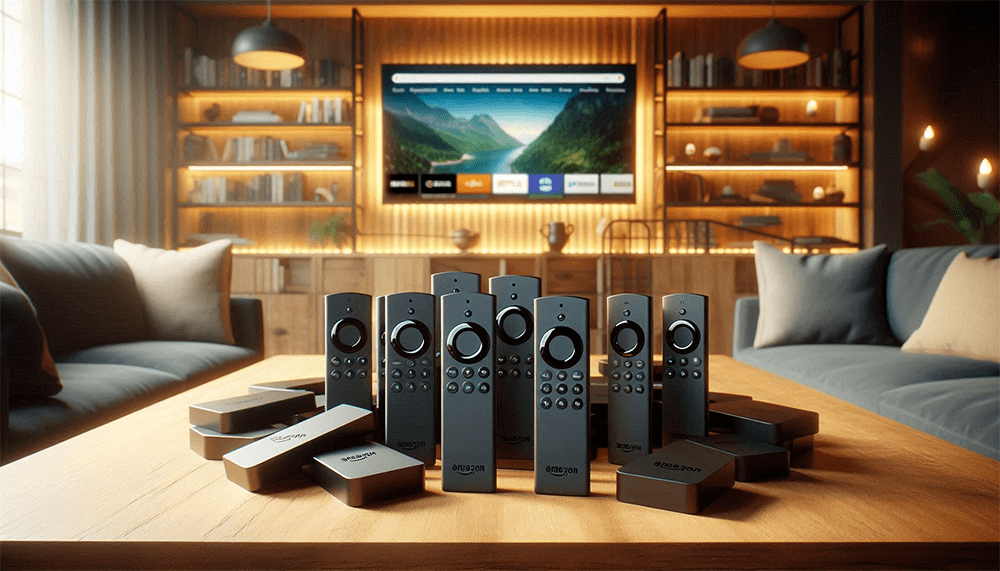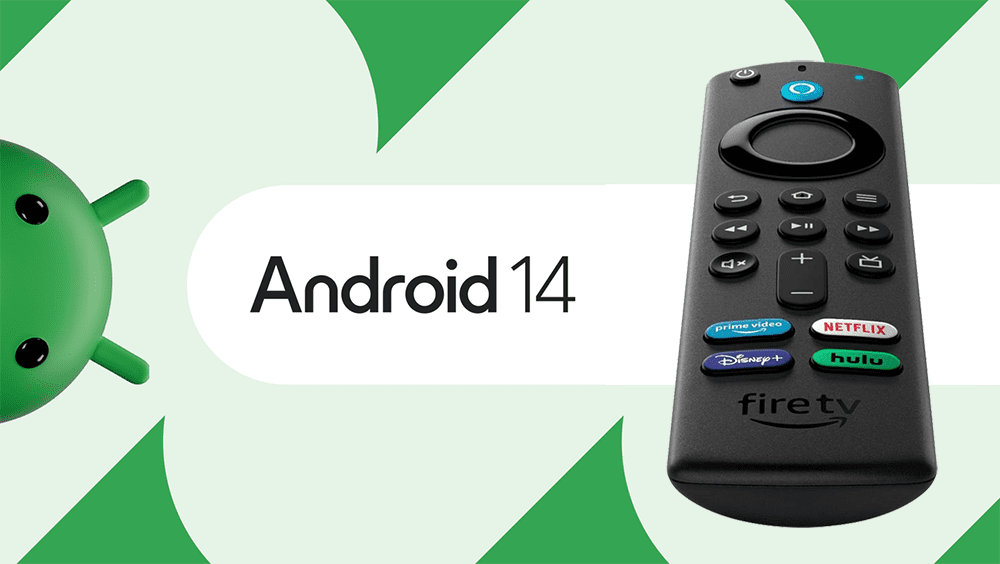Amazon’s Fire devices have always walked a unique line, offering a customised Android experience through their Fire OS. But recent developments have left users wondering: what’s the real future of Fire TV? From whispers of a homegrown “Vega OS” to the surprising announcement of an Android 14-based Fire TV, the landscape is shifting. We’re here to break it down.
Table of Contents
From Fire OS 8 to... Something New?
Fire OS 8, based on Android 11, made its debut on Fire tablets in 2022 and eventually trickled down to Fire TV devices. Then came Vega OS, initially appearing on the Echo Show 5 and Echo Spot, sparking rumors of a complete Android abandonment. However, the subsequent Echo Show 15 and 21, also functioning as Fire TVs, still utilize Fire OS, leaving the picture murky.
Now, Amazon has dropped a bombshell: upcoming Fire TV models will run on a new operating system based on Android 14! This is fantastic news for Android fans, confirming that Android-based systems aren’t going anywhere just yet. But there’s a twist.
The Curious Case of the Missing "Fire OS"
Throughout their developer documentation, Amazon conspicuously avoids the term “Fire OS” when referring to this new system. Instead, they consistently label it an “Android 14-based Fire TV.” This subtle distinction raises eyebrows. Is Amazon reserving the “Fire OS” moniker for a future, Vega OS-derived system for Fire TV?
We first learned about Vega OS in November 2023, and you can find more details in this YouTube video.
A Two-Tiered Future for Fire TV?
This could very well be the case. Imagine a future where Amazon offers two distinct Fire TV experiences. Entry-level devices might run a streamlined, Vega OS-based system – perhaps still branded as “Fire OS” – with limited functionality and app support. Meanwhile, premium models would continue to leverage the robust Android-based system, differentiated by its Android version number (e.g., “Android 14-based Fire TV”).
This strategy makes sense. It allows Amazon to cater to different market segments. High-end users get the full Android experience, while budget-conscious consumers get a more basic, potentially cheaper, device.
64-bit Power and Developer Perks
Regardless of the specific branding, the Android 14-based Fire TV will mark a significant milestone: the first 64-bit operating system on Fire TV in years. While Fire TV hardware has been 64-bit capable for a while, only the second-generation Fire TV from 2015 utilized it. This shift to 64-bit will require apps to be compatible, potentially increasing resource demands and possibly limiting the new OS to higher-end models.
Adding to the excitement, Amazon is giving select developers early access to a virtual farm of Android 14-based Fire TV devices for testing. This proactive approach should help minimize app compatibility issues that often plague major OS updates.
Wrapping Up
For Android enthusiasts worried about Vega OS taking over the Fire TV world, the Android 14-based Fire TV is a breath of fresh air. While the possibility of entry-level Fire TV Sticks moving to a Vega-based system remains, the future of premium Fire TV devices looks bright for Android fans.
The question now is: how will this two-tiered system play out, and what exciting new features will the Android 14-based Fire TV bring? Only time will tell. Leave your thoughts on this in the comments below!
PROGRESS:











